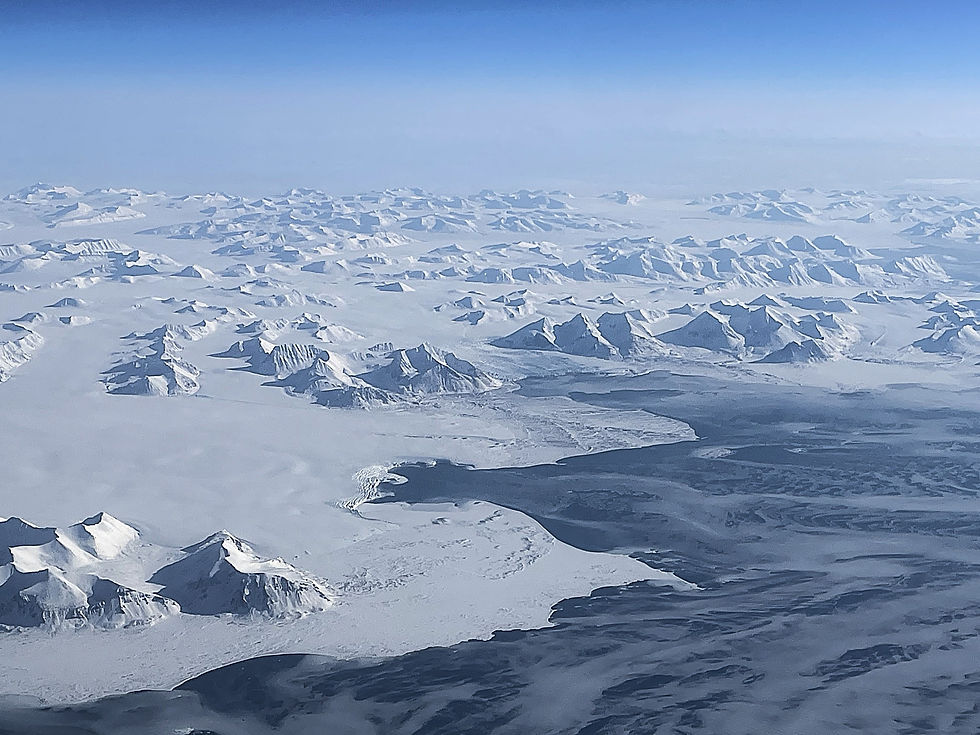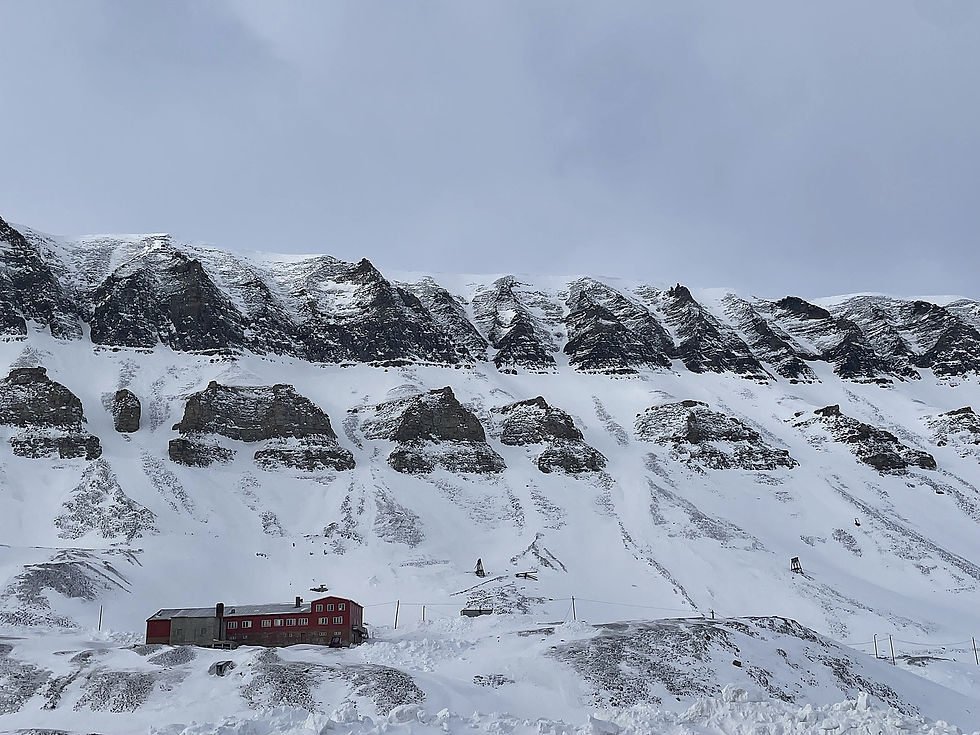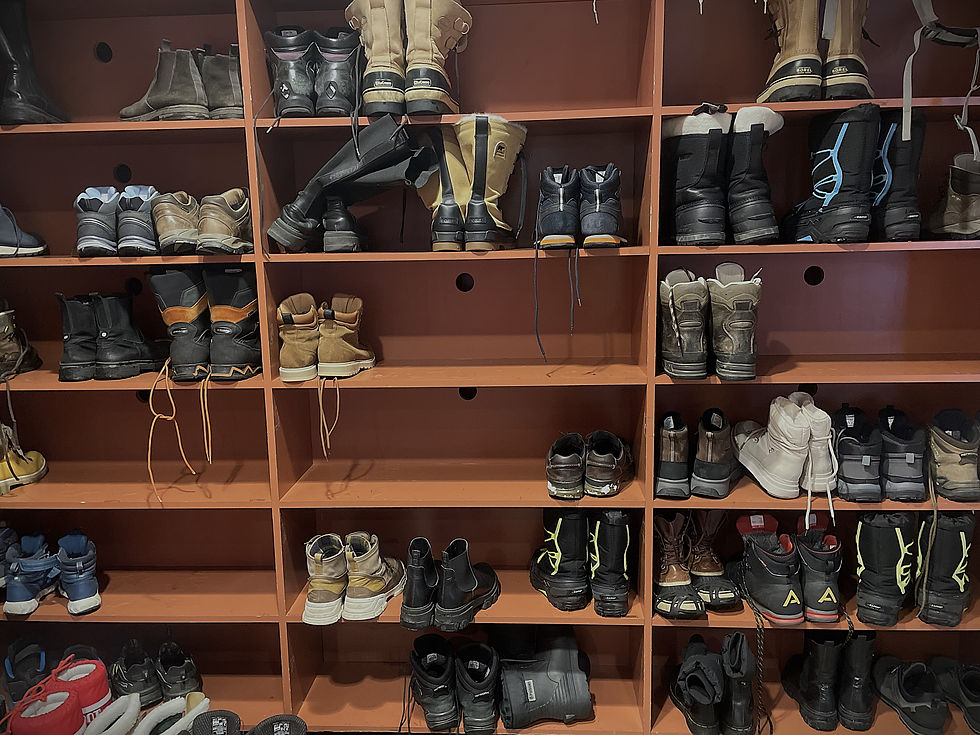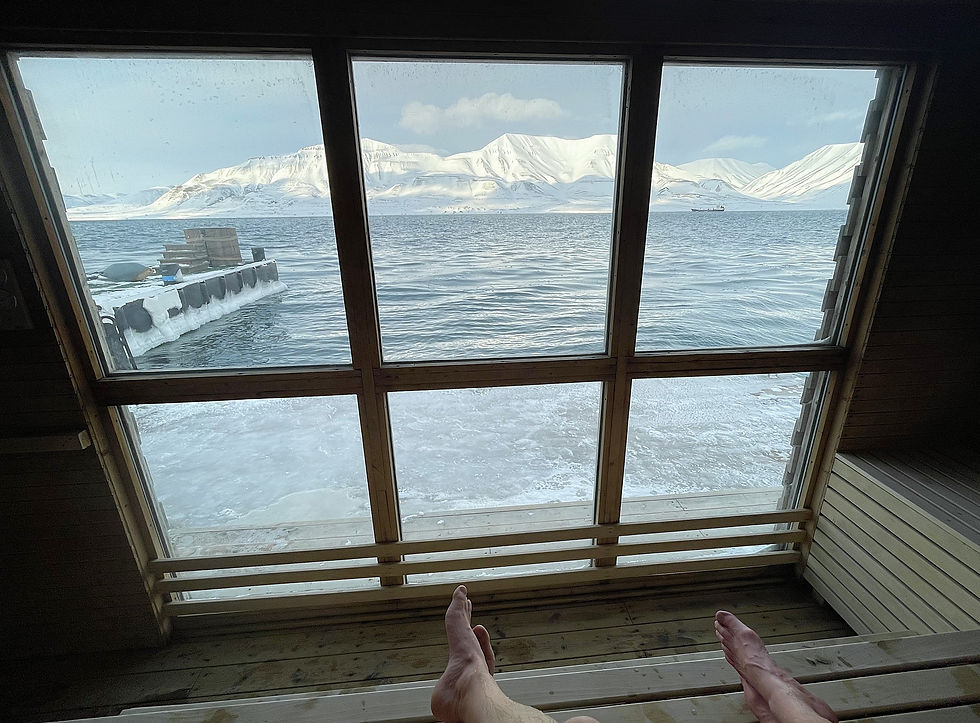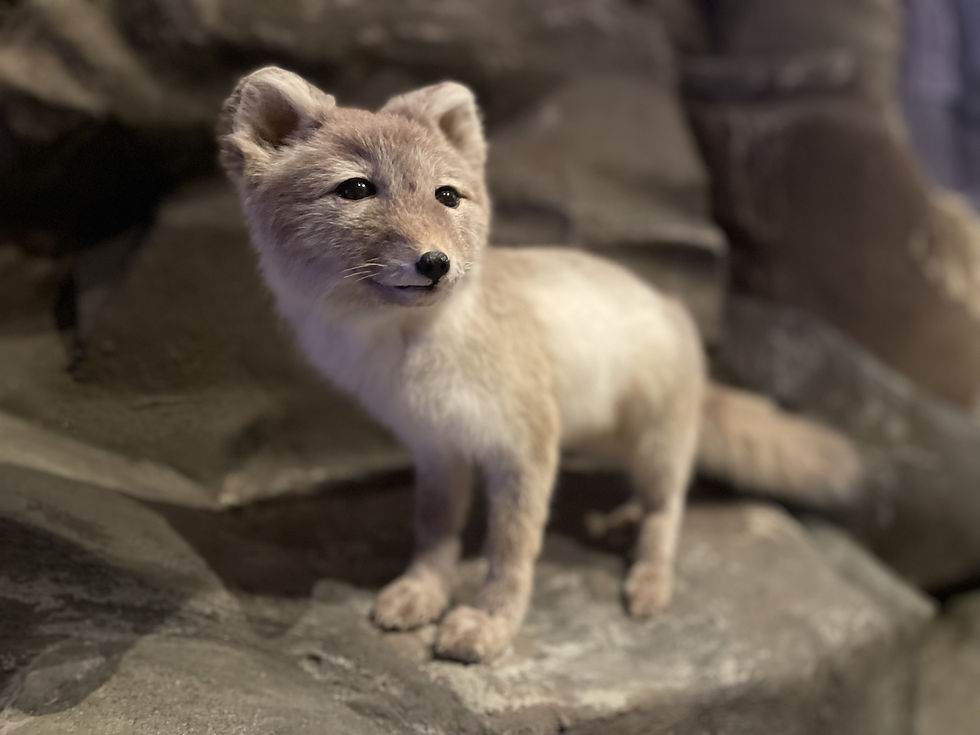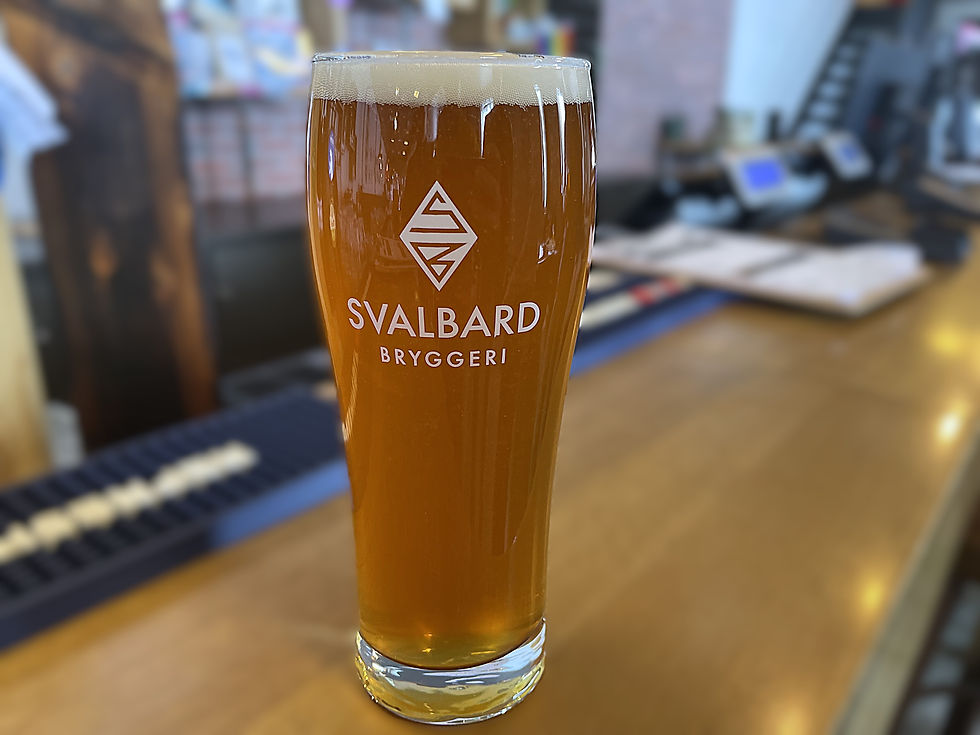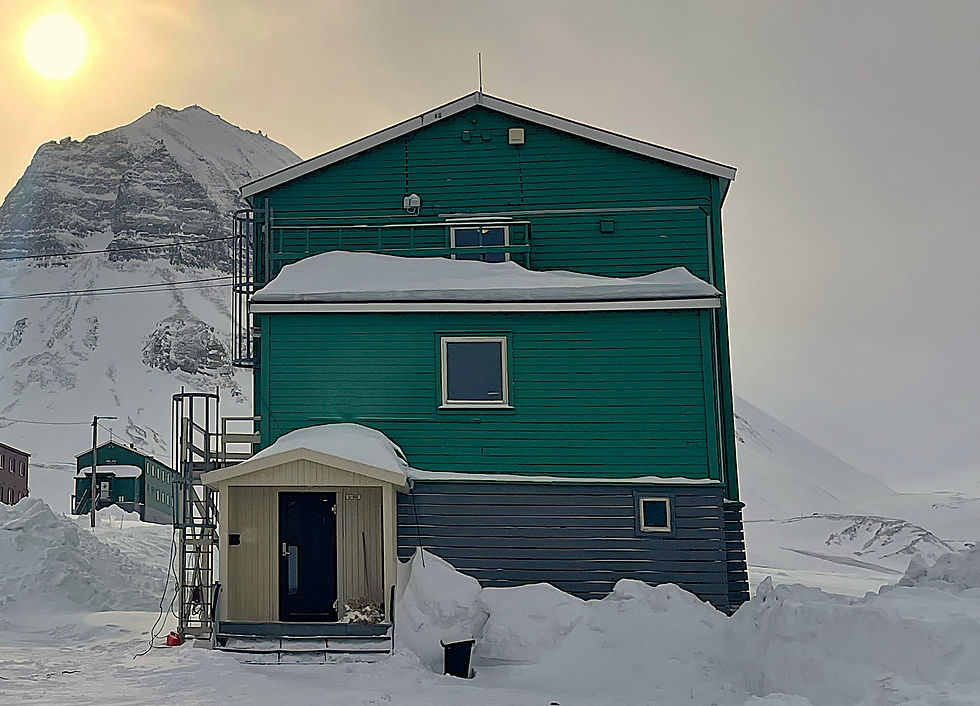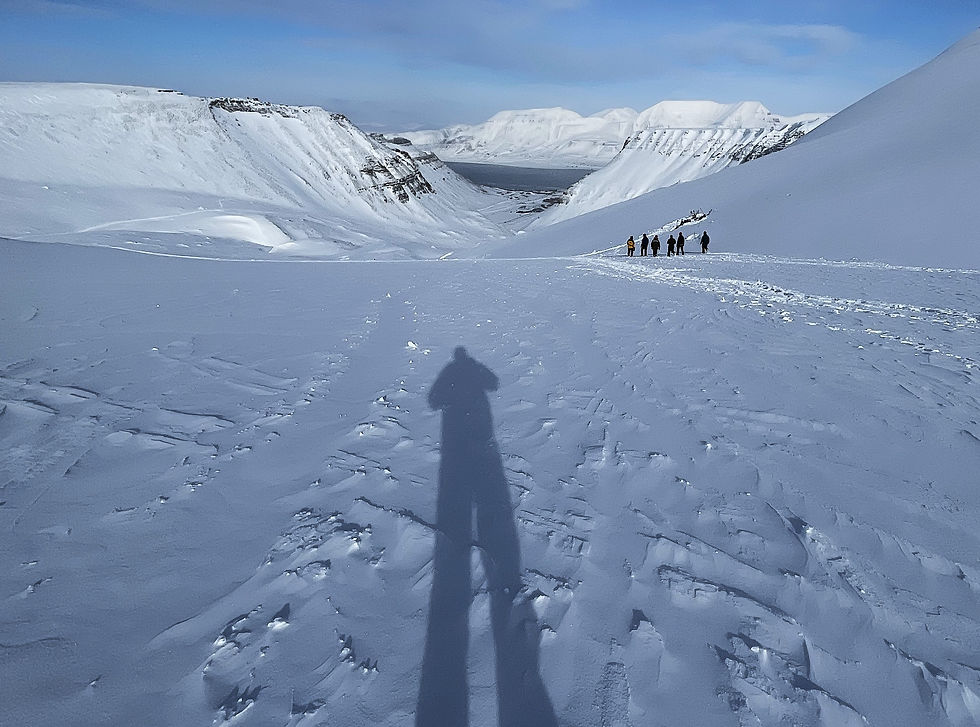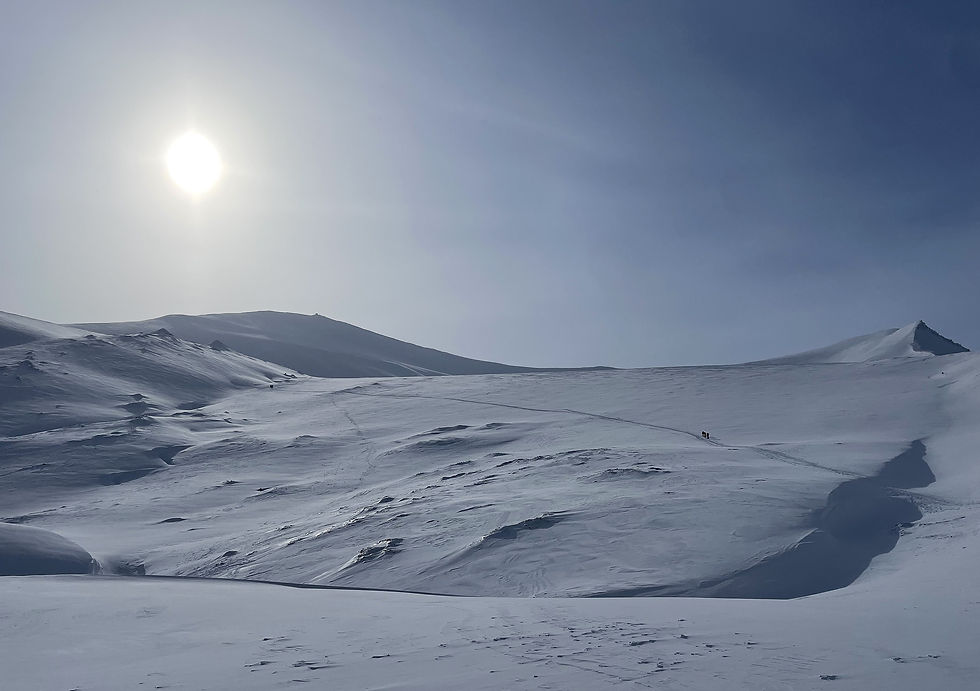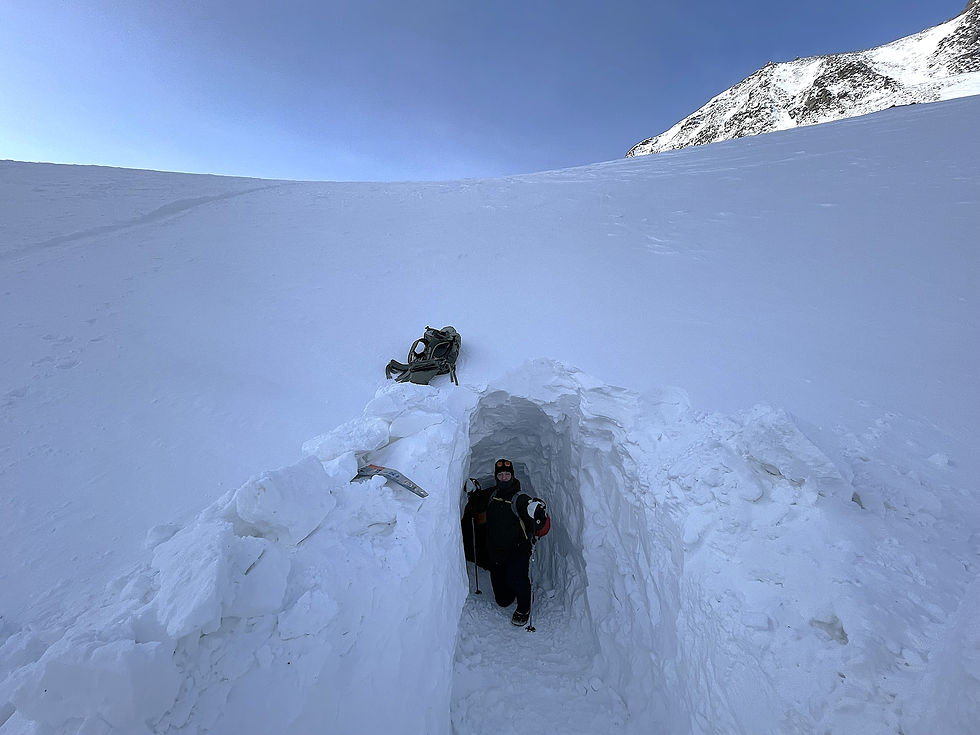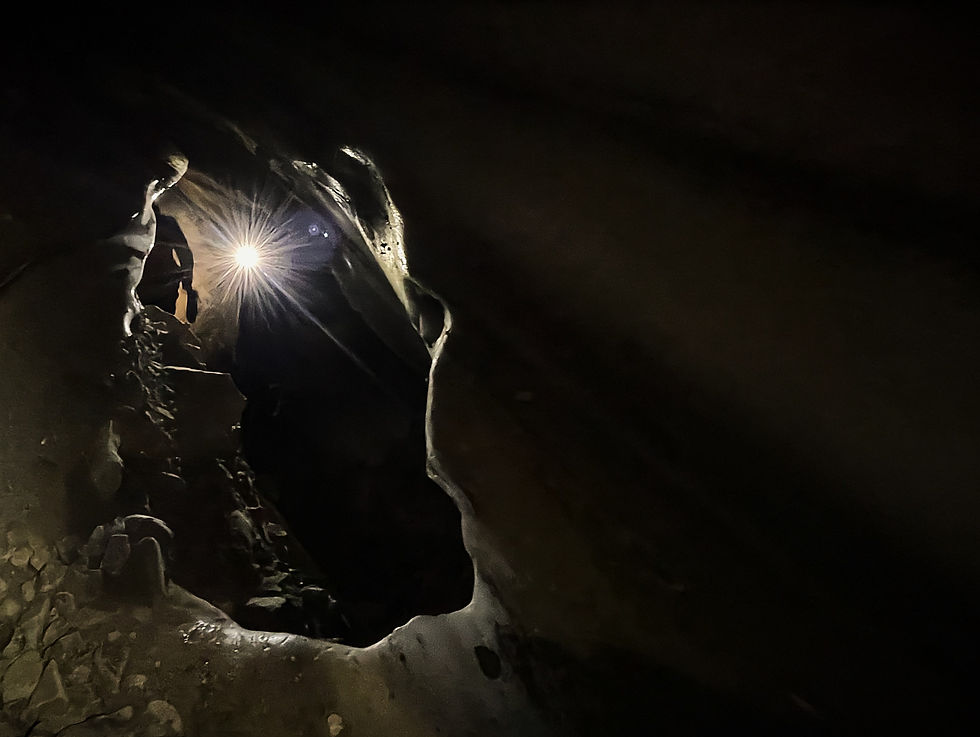
Selected
JOURNEYS
"Travelling - it leaves you speechless, then turns you into a storyteller",
by Ibn Battuta.
Our journeys are bold and ambitious, and perhaps the flagship of this homepage.
Although we are also trekking and island nerds, our journeys are sorts of trailblazing travel expeditions which are unique, challenging and adventurous, and thus they epitomize our spirit within adventure.
Often, the regions, countries and places we visit during our journeys take on an exotic quality. What matters is to get away from the established routes and seek something that little bit more special and authentic. Often, we might have to overcome a bit of hardship and logistical challenges since our journeys most often don’t run smoothly. This is all part of the fun.
In our view, a journey is something you would recommend to others. To us, what really matters, is to get away from the established routes and seek something that little bit more special and authentic. We are not talking about the ultimate expedition, but to move away from the familiar, out of the comfort zone, where everyday situations and events take on an exotic quality.

Selected
JOURNEYS
"Travelling - it leaves you speechless, then turns you into a storyteller",
by Ibn Battuta.
Our journeys are bold and ambitious, and perhaps the flagship of this homepage.
Although we are also trekking and island nerds, our journeys are sorts of trailblazing travel expeditions which are unique, challenging and adventurous, and thus they epitomize our spirit within adventure.
Often, the regions, countries and places we visit during our journeys take on an exotic quality. What matters is to get away from the established routes and seek something that little bit more special and authentic. Often, we might have to overcome a bit of hardship and logistical challenges since our journeys most often don’t run smoothly. This is all part of the fun.
In our view, a journey is something you would recommend to others. To us, what really matters, is to get away from the established routes and seek something that little bit more special and authentic. We are not talking about the ultimate expedition, but to move away from the familiar, out of the comfort zone, where everyday situations and events take on an exotic quality.

Selected
JOURNEYS
"Travelling - it leaves you speechless, then turns you into a storyteller",
by Ibn Battuta.
Our journeys are bold and ambitious, and perhaps the flagship of this homepage.
Although we are also trekking and island nerds, our journeys are sorts of trailblazing travel expeditions which are unique, challenging and adventurous, and thus they epitomize our spirit within adventure.
Often, the regions, countries and places we visit during our journeys take on an exotic quality. What matters is to get away from the established routes and seek something that little bit more special and authentic. Often, we might have to overcome a bit of hardship and logistical challenges since our journeys most often don’t run smoothly. This is all part of the fun.
In our view, a journey is something you would recommend to others. To us, what really matters, is to get away from the established routes and seek something that little bit more special and authentic. We are not talking about the ultimate expedition, but to move away from the familiar, out of the comfort zone, where everyday situations and events take on an exotic quality.

Selected
JOURNEYS
"Travelling - it leaves you speechless, then turns you into a storyteller",
by Ibn Battuta.
Our journeys are bold and ambitious, and perhaps the flagship of this homepage.
Although we are also trekking and island nerds, our journeys are sorts of trailblazing travel expeditions which are unique, challenging and adventurous, and thus they epitomize our spirit within adventure.
Often, the regions, countries and places we visit during our journeys take on an exotic quality. What matters is to get away from the established routes and seek something that little bit more special and authentic. Often, we might have to overcome a bit of hardship and logistical challenges since our journeys most often don’t run smoothly. This is all part of the fun.
In our view, a journey is something you would recommend to others. To us, what really matters, is to get away from the established routes and seek something that little bit more special and authentic. We are not talking about the ultimate expedition, but to move away from the familiar, out of the comfort zone, where everyday situations and events take on an exotic quality.

Selected
JOURNEYS
"Travelling - it leaves you speechless, then turns you into a storyteller",
by Ibn Battuta.
Our journeys are bold and ambitious, and perhaps the flagship of this homepage.
Although we are also trekking and island nerds, our journeys are sorts of trailblazing travel expeditions which are unique, challenging and adventurous, and thus they epitomize our spirit within adventure.
Often, the regions, countries and places we visit during our journeys take on an exotic quality. What matters is to get away from the established routes and seek something that little bit more special and authentic. Often, we might have to overcome a bit of hardship and logistical challenges since our journeys most often don’t run smoothly. This is all part of the fun.
In our view, a journey is something you would recommend to others. To us, what really matters, is to get away from the established routes and seek something that little bit more special and authentic. We are not talking about the ultimate expedition, but to move away from the familiar, out of the comfort zone, where everyday situations and events take on an exotic quality.
From Europe to the Himalayas along
THE HIPPY TRAIL
Part II
From Europe to the Himalayas along
THE HIPPY TRAIL
Part II
From Europe to the Himalayas along
THE HIPPY TRAIL
Part III
From Europe to the Himalayas along
THE HIPPY TRAIL
Part III
TravelTwins.dk
Exploring the less beaten paths of the world
- look, read, dream, travel!
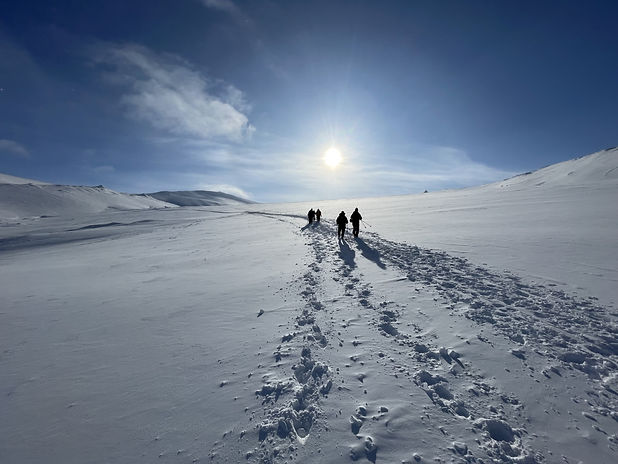
Winter adventure in the
SVALBARD ISLANDS
Trekking, snowmobiling, ice caving, winter swimming, and fiord crusing in the High Arctic. The last human settlement before the North Pole.
Far above the Arctic Circle, where the sun disappears for months and silence wraps the landscape in frozen stillness, Svalbard offers a winter journey unlike any other. This remote archipelago on the top of Norway & Russia in the Arctic Ocean is a realm of stark beauty, icy wilderness, and unforgettable adventure.
We went to Svalbard during Winter time in early April to experience one of few places on Earth where ice, mountains, and sea merge into a stage for adventure that feels both otherworldly and humbling - however, the remote archipelago is easily accessible with a short flight from mainland Scandinavia. The cold is fierce, yet the experiences are unforgettable: We scaled a few snowy peaks with ice caves en-route, swam in the icy oceans, and did multiple trips with boat and snow mobile into remove fiords.
Location: Svalbard Islands in the Arctic Norway, 78°North, 650km from the North Pole
Svalbard was first officially discovered in 1596 by Dutch explorer Willem Barentsz, though Norse seafarers may have reached it earlier. In the 17th century it became a hub for whaling, followed by centuries of hunting and Arctic exploration. Coal mining in the early 1900s brought permanent settlements and international interest. The 1920 Svalbard Treaty granted Norway sovereignty while allowing other nations to share resource rights. Today, the Svalbard islands is known less for industry and more as a center for science, adventure, and pristine Arctic wilderness.
Alongside the Norwegian key village of Longyearbyen, Svalbard also hosts Russian communities that trace their roots back to the early 20th century coal mining boom. The largest, Barentsburg, remains inhabited today, home to around 400 people who maintain a mix of Russian culture and industry against the Arctic backdrop. Once self-sufficient with schools, cultural centers, and its own infrastructure, Barentsburg still operates a coal mine but increasingly looks toward tourism and research. Another settlement, Pyramiden, was abandoned in 1998 and now stands as a haunting Soviet-era ghost town, preserved almost exactly as it was left. Together, these Russian outposts reflect the international character of Svalbard and its unique place in Arctic history.
Our trip began with treks through the snow-draped mountains outside Longyearbyen, where every step feels like crossing into another world. The frozen peaks stretch endlessly. A surreal experience was ice caving in the mountains which revealed secret chambers deep beneath the glaciers. Wandering through crystal-blue tunnels we felt immersed in a shimmering underworld sculpted by centuries of ice.
No journey here is complete without the sea. We did a full day trip on an Russian ice breaker and sailed through the ice fjords to spot seals, sea lions, and looking for polar bears. Back on land, we did a 100 kilometers ice scooter expedition into the wild, crossing a significant part of Svalbard island to ent up in the remote Westen Fiords. Snow mobiling in the desolate landscape is a fast-paced way to explore frozen valleys and windswept plains where reindeer and Arctic fox roam. It feels like a scene from Star Wars II on the desolate frozen plant. Otherwordly, lonely and extremely unique.
Finally we did a plunge into Svalbard’s most extreme offering: a swim in the frigid ocean, slipping between floating ice flakes. Our winter journey to Svalbard did not just feel like a normal trip—it’s felt like an immersion into the raw edge of nature. In the footsteps of mightly Arctic and North Pole explorers.
April is one of the best months to experience Svalbard, as the Arctic slowly awakens from its long polar night. The sun had just returned, casting a golden light across the snow-covered mountains and fjords, yet the landscape was still frozen enough for true winter adventures. Wildlife also becomes more visible in the transition between Winter and Spring. Seals, seabirds, and even polar bears begin to stir with the shifting light.
For another impression of the North Atlantic check out our island hopping trip to the Faroe Islands, Western Greenland, or our big road trip across Iceland. Further away, but also in the extreme North, Alaska allures adventurous travels.
Selected pics:

